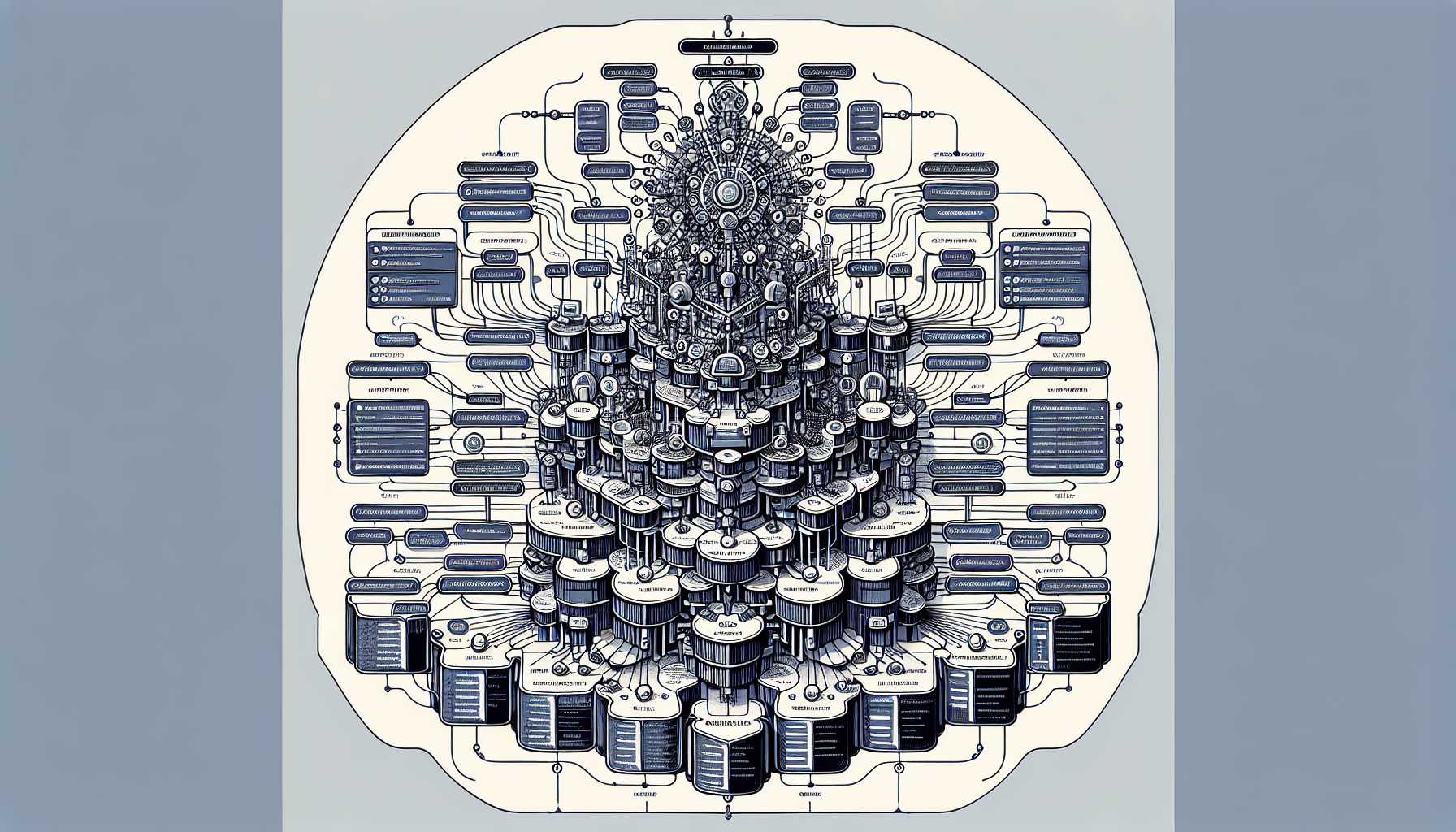Scalability and Maintainability in Software Product Design: A Balancing Act
Welcome back to the blog, seasoned product managers! Today, we embark on a deep dive into the intricate dance of scalability and maintainability within software product design. These are, perhaps, two of the most pivotal factors that can dictate the longevity and success of a technology product. Drawing upon my experience and the lessons I’ve learned, let’s explore practical strategies to build products that not only grow with ease but also stand the test of time.
Understanding Scalability and Maintainability
Before diving into strategies, let’s establish a foundational understanding of scalability and maintainability.
Scalability is the capability of a system to handle a growing amount of work, or its potential to accommodate growth. Although often associated with performance and infrastructure, scalability also pertains to design patterns, codebase manageability, and the adaptability of teams.
Maintainability, on the other hand, is the ease with which a product can be modified to correct defects, improve performance, or adapt to a changing environment. It revolves around the code quality, documentation, and practices that allow teams to iterate quickly and reliably.
The Pillars of Scalable and Maintainable Design
Creating a product that is both scalable and maintainable relies on several core pillars:
- Modular Architecture: Designing your system with a modular approach allows individual components or services to be developed, tested, and deployed independently.
- Code Quality: High code quality, achieved through practices like code reviews and automated testing, is essential for both scalability and maintainability.
- Documentation and Knowledge Sharing: Comprehensive documentation and a culture of knowledge sharing ensure that information is accessible, which is vital for maintaining and scaling a product.
- Performance Monitoring and Optimization: Proactive monitoring and performance optimization help in identifying bottlenecks and opportunities for improvement.
- Infrastructure as Code: Managing infrastructure through code enables consistent environments, scalability, and quicker recovery from potential outages.
Designing for Scalability
Lesson Learned: Embrace Microservices
In my career, one of the most impactful shifts I’ve witnessed in scalable architecture is the move from monolithic applications to microservices. A software application starts small, but as it attracts more users and handles more data, the once-sufficient monolithic codebase can become a bottleneck.
I remember the transition of a product I oversaw, which had evolved from a modest-sized user base to millions of active users. The monolith became increasingly cumbersome to scale. By shifting to microservices, we could decentralize our development efforts, streamline deployments, and significantly improve our ability to manage increased loads incrementally.
This experience taught me that scalability is not an afterthought. Instead, it is a fundamental consideration from the onset of product design. Microservices allow pieces of the product to scale independently, often resulting in cost savings and performance improvements.
Adopting Scalable Technologies
Another critical aspect of scalability is the choice of technology stack. In a project where the user base doubled every six months, we quickly realized that our existing database technology couldn’t keep up. After extensive research and testing, we migrated to a more scalable NoSQL solution. The result was improved performance and a more manageable growth trajectory.
It’s important to stay technology-agnostic to some degree. Attachment to a particular stack or tool can blind you to alternatives that might serve your product’s scaling needs better. Regularly benchmark and consider alternatives, even if it means a significant overhaul—this might save you from future scalability headaches.
Maintaining for the Future
Lesson Learned: Invest in Quality from Day One
Maintainability starts from the very first line of code. Every decision, from coding standards to repository structure, impacts the maintainability of the software. I can recall a project where we inherited a codebase filled with quick fixes and ‘temporary’ solutions. The technical debt was overwhelming.
From that experience, I concluded that investing in quality from the beginning pays off. Implementing a strict code review process and prioritizing refactoring and code cleanup as part of the development cycle became non-negotiable standards. High-quality, clean, and well-commented code makes a product much easier to maintain and extend over time.
Fostering Team Ownership and Collaboration
Maintainability is not just about the code; it’s also about the people who build and manage it. I learned that when team members feel a strong sense of ownership, they are more likely to produce maintainable code and systems.
In one of my teams, we encouraged ownership by involving everyone in architecture discussions and code reviews, regardless of their seniority. This inclusivity not only improved the quality of our work but also fostered a culture where everyone felt responsible for the maintainability of the product.
Continuous Learning as a Pillar of Maintainability
Products evolve, dependencies get updated, and new best practices emerge. Teams must stay informed and adapt to maintain the relevance and efficacy of their products. In a project I led, we dedicated time each sprint for tech talks and learning sessions. This not only kept the team up-to-date but also sparked innovations that made our product more maintainable.
Conclusion
Scalability and maintainability are critical to a product’s success. By emphasizing modular architecture, code quality, documentation, performance monitoring, and the effective choice and use of technology, you can design software that grows and evolves efficiently. Remember, investing in these areas from the beginning will pay dividends in the long run.
Till next time, keep building amazing products that are built to last and scale. Share your stories of scalability and maintainability challenges and triumphs—I’d love to hear how you’ve navigated these waters in your product journey.

